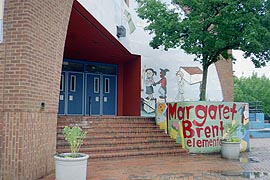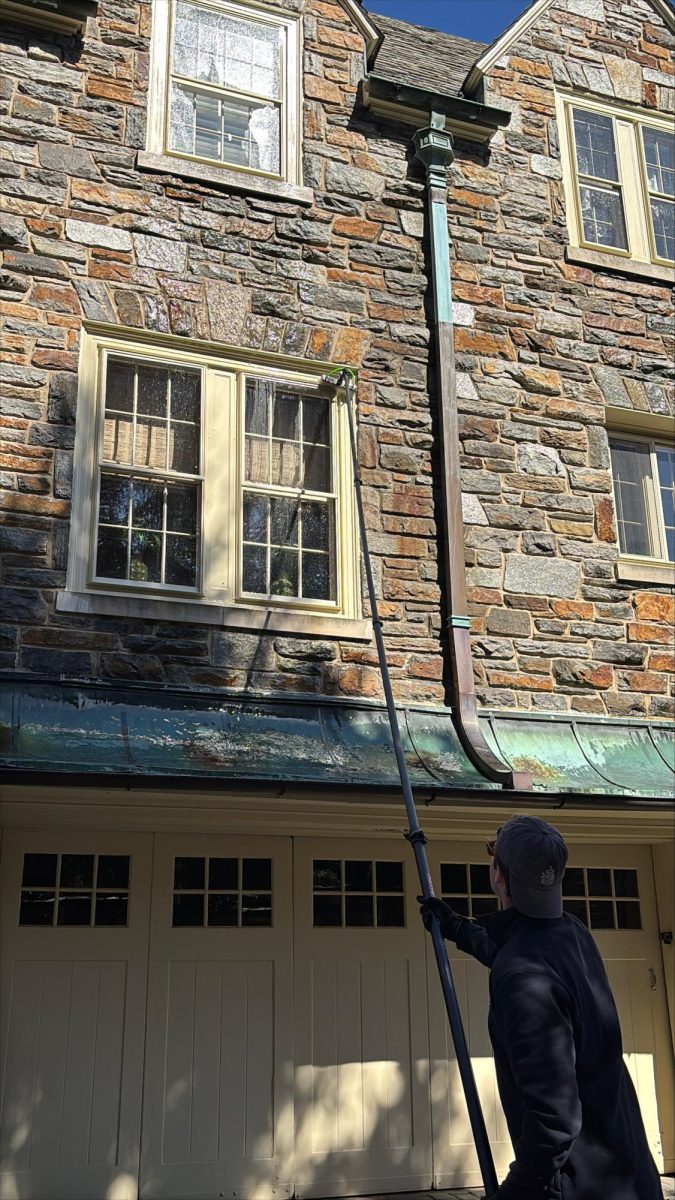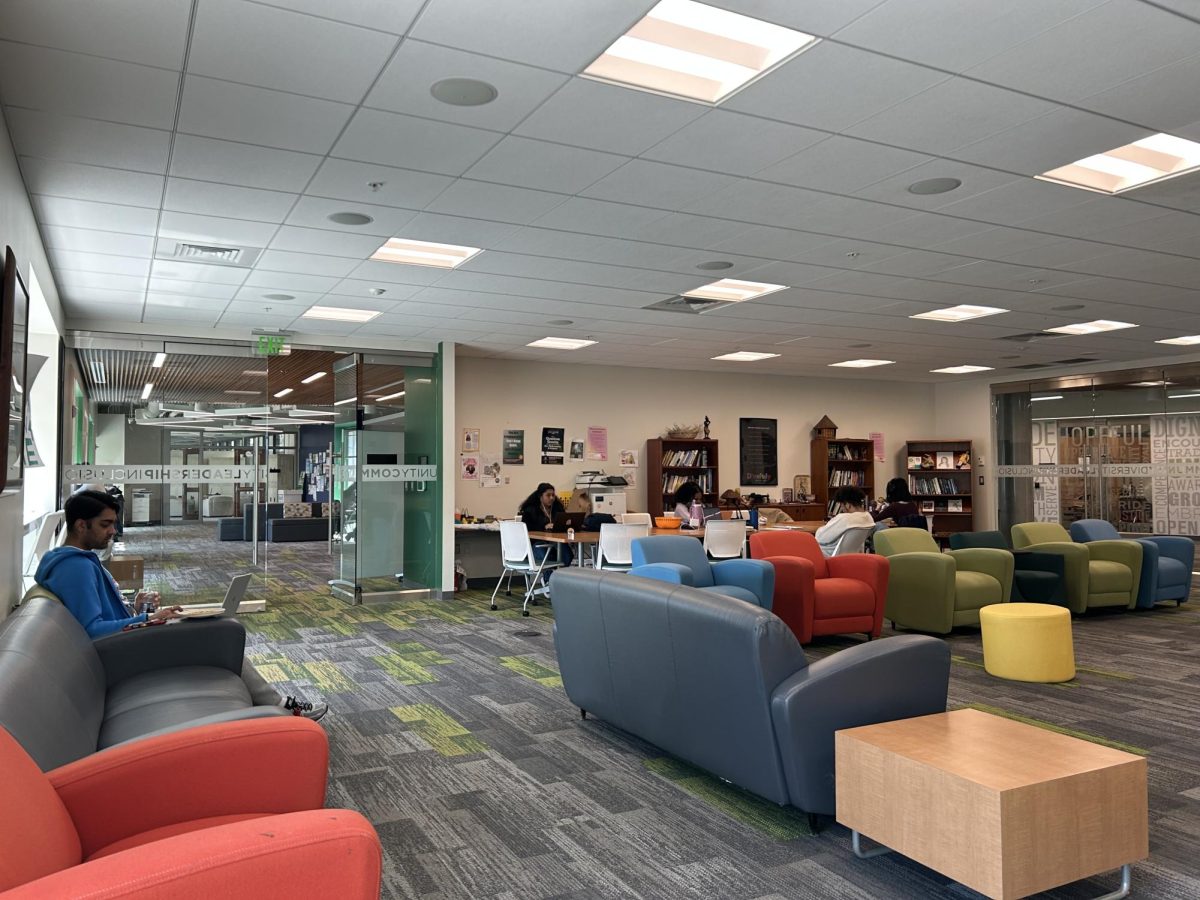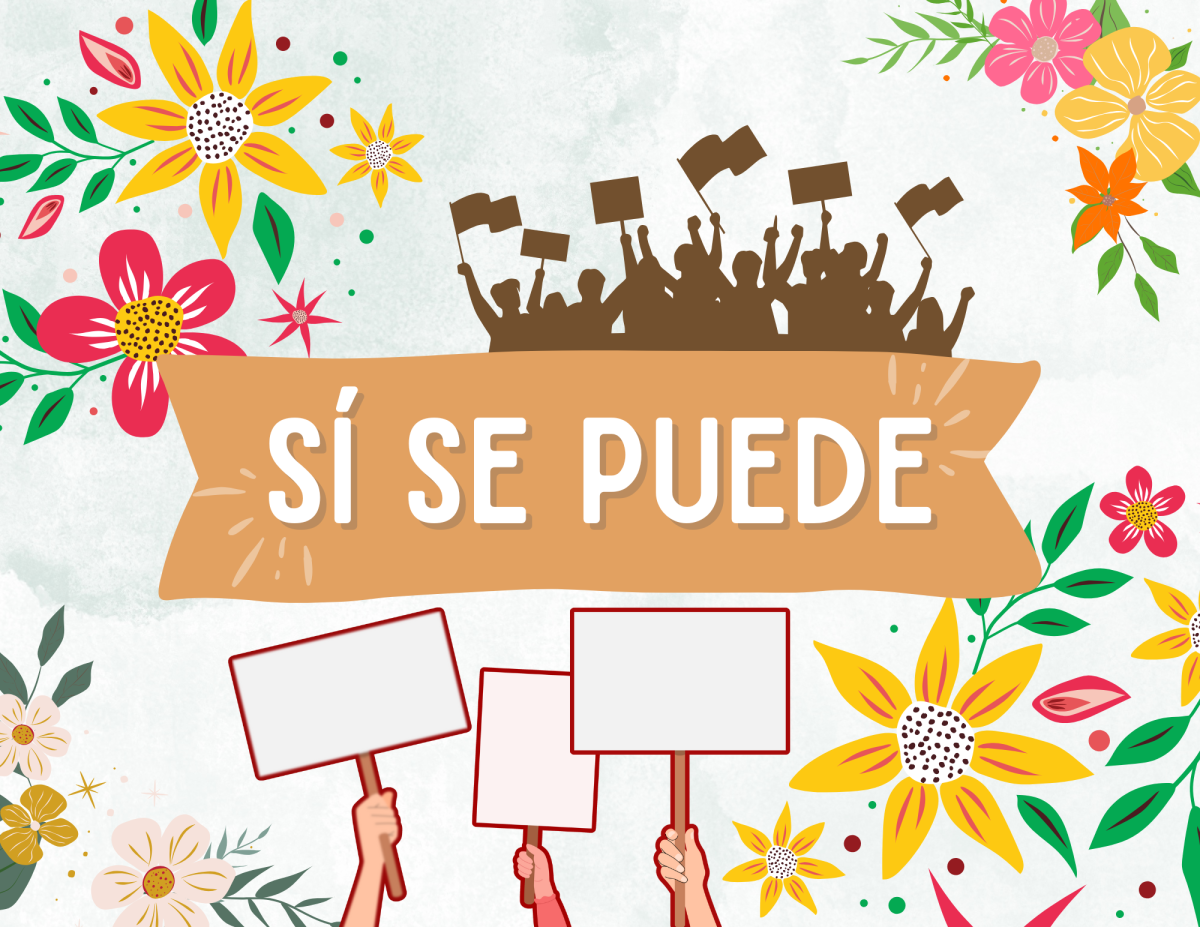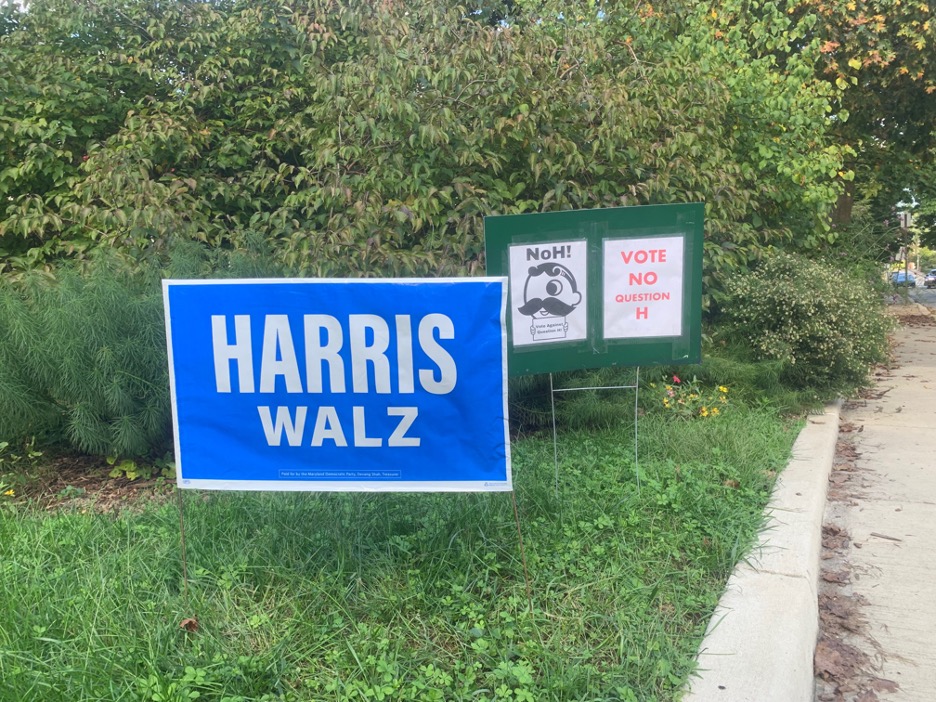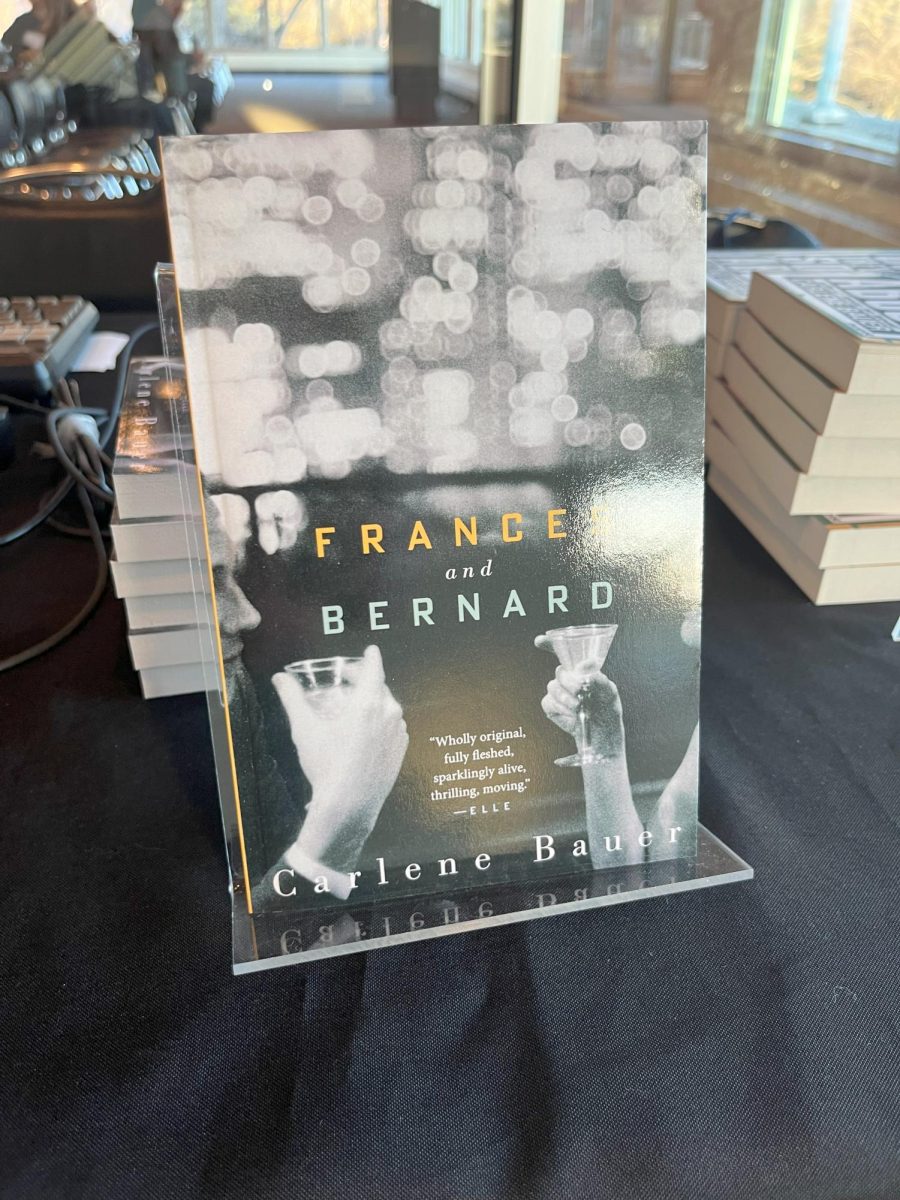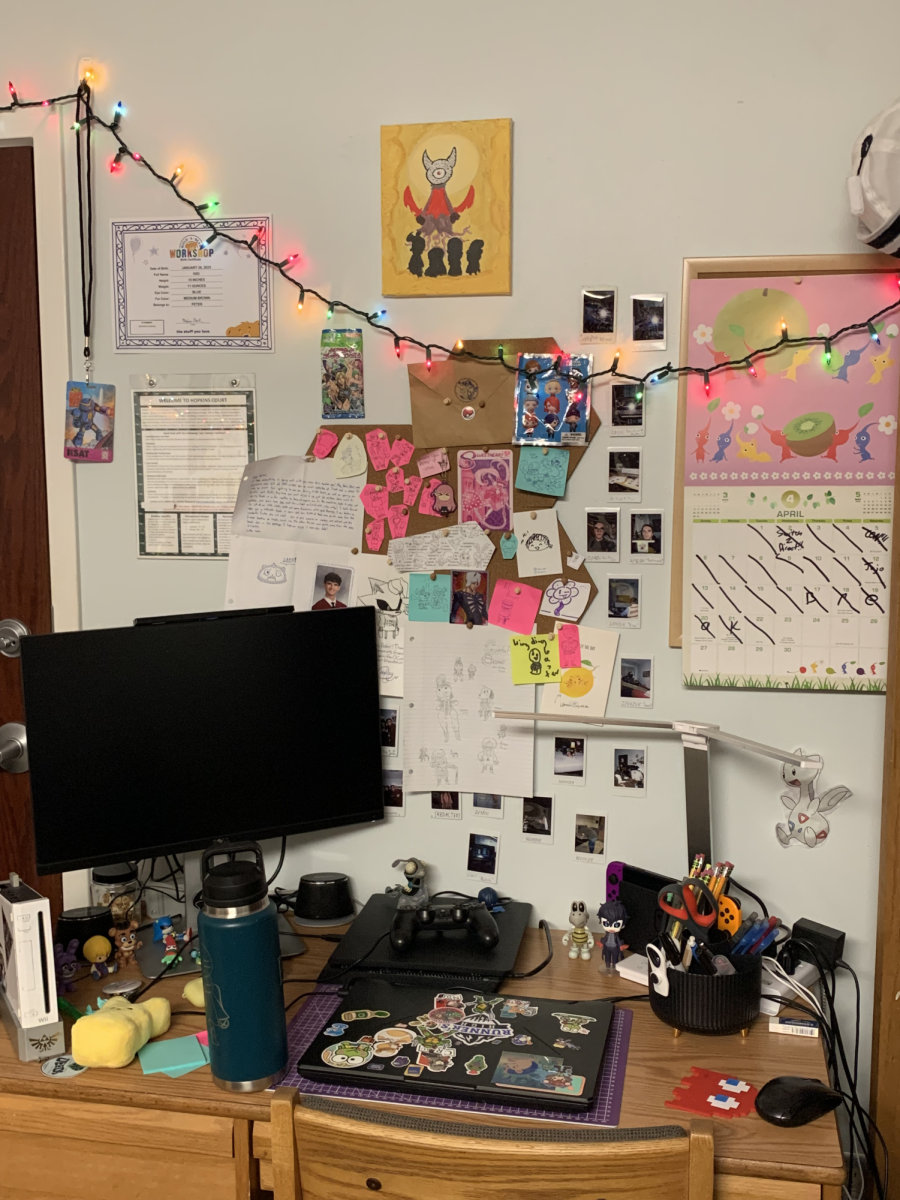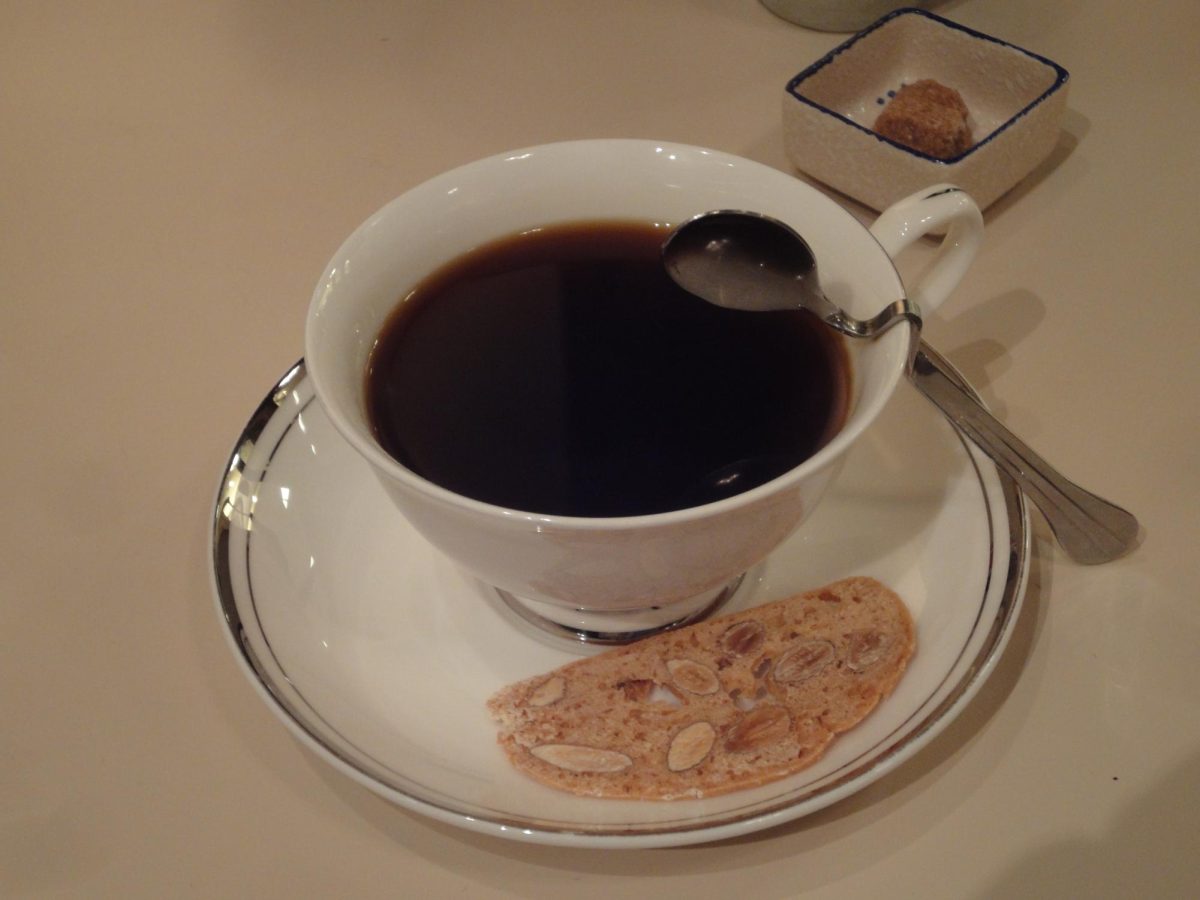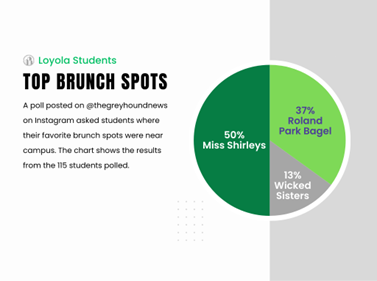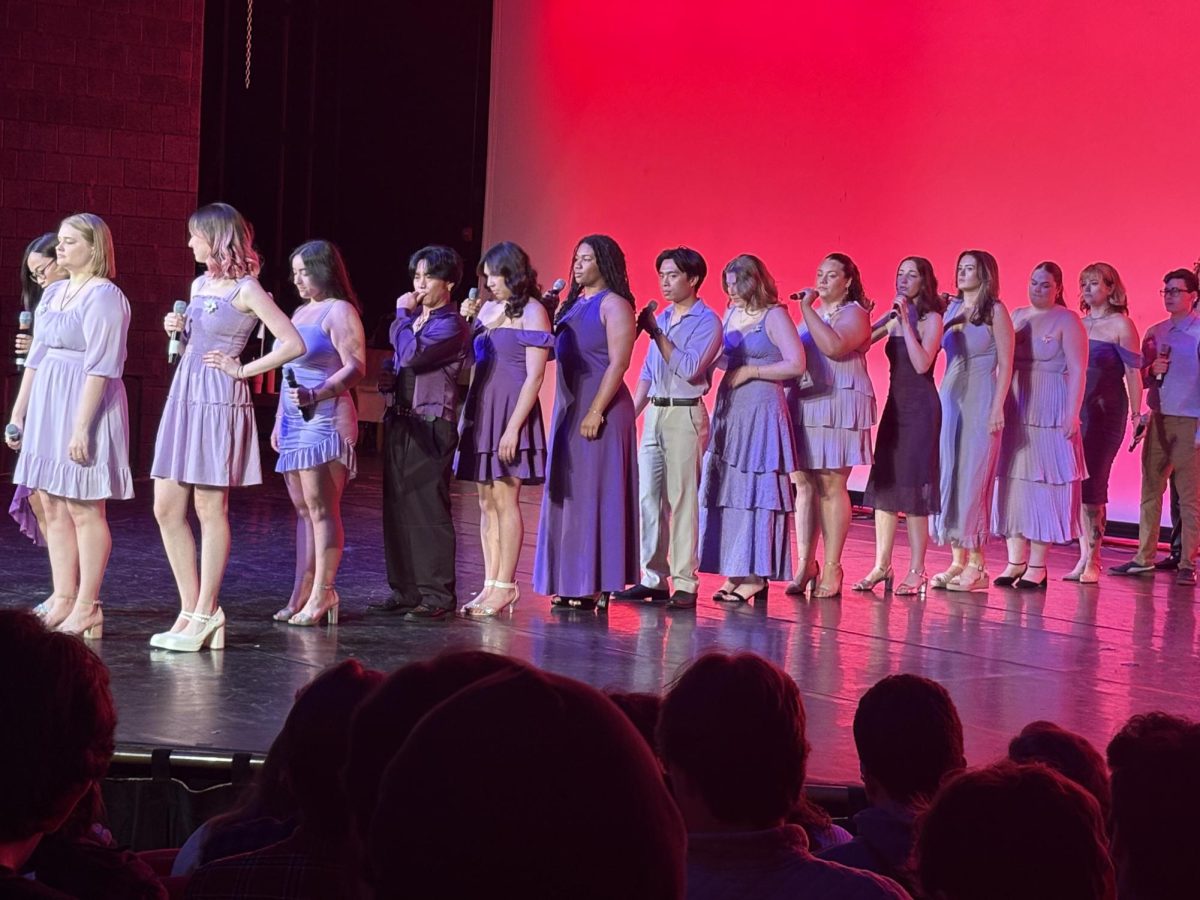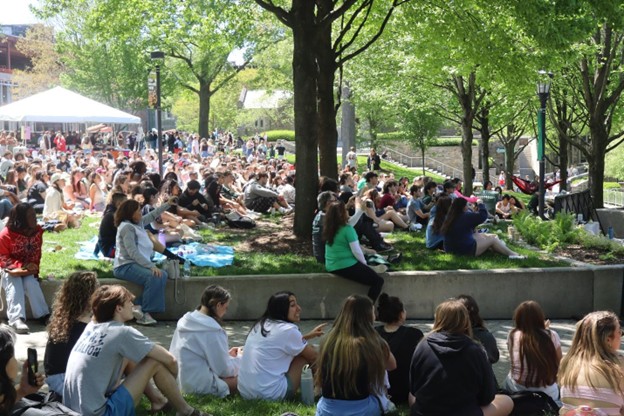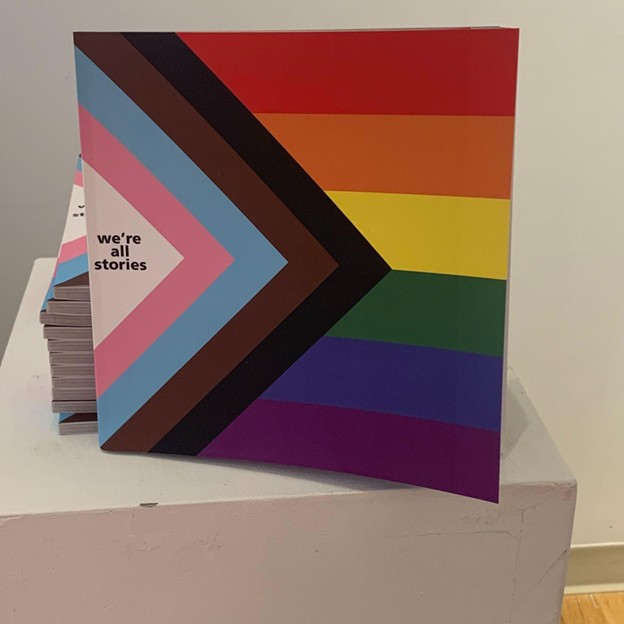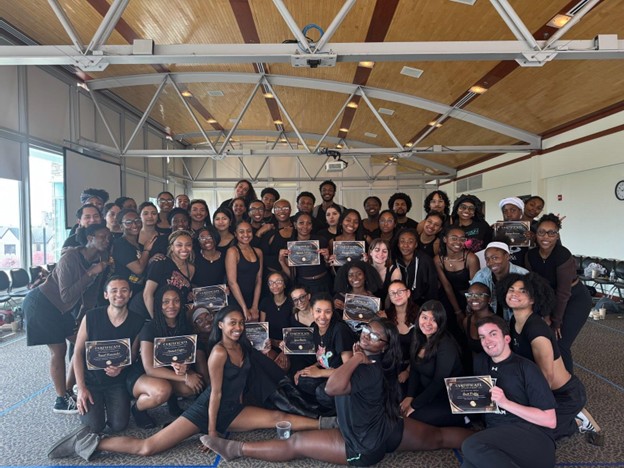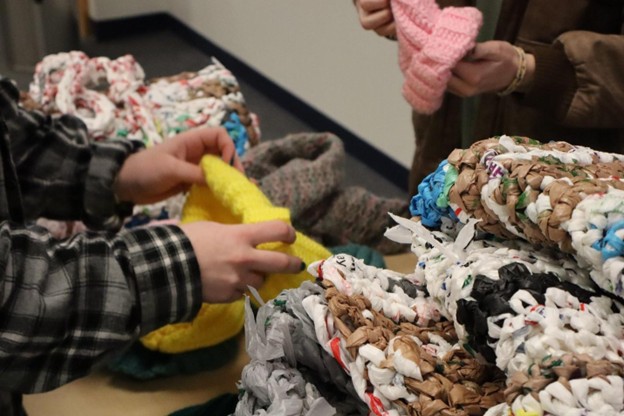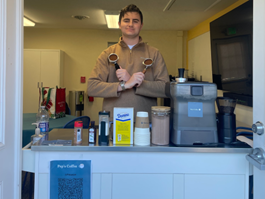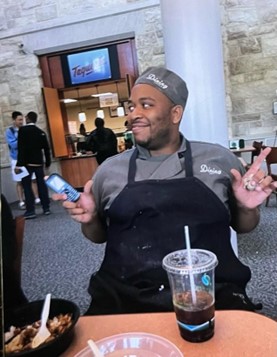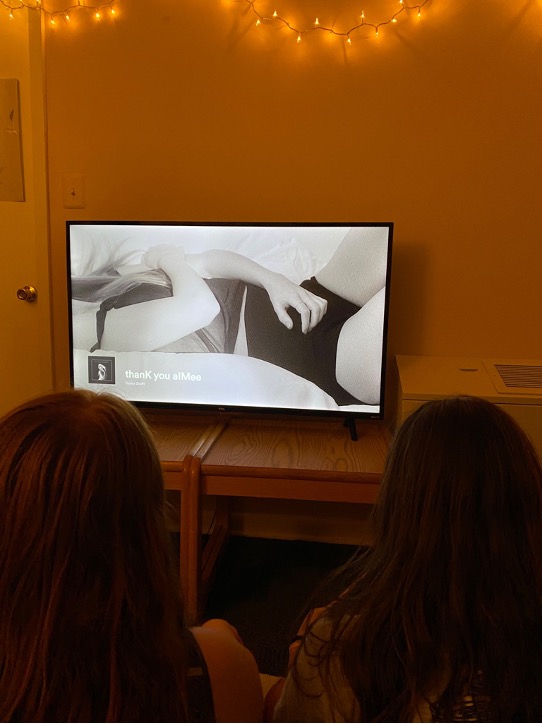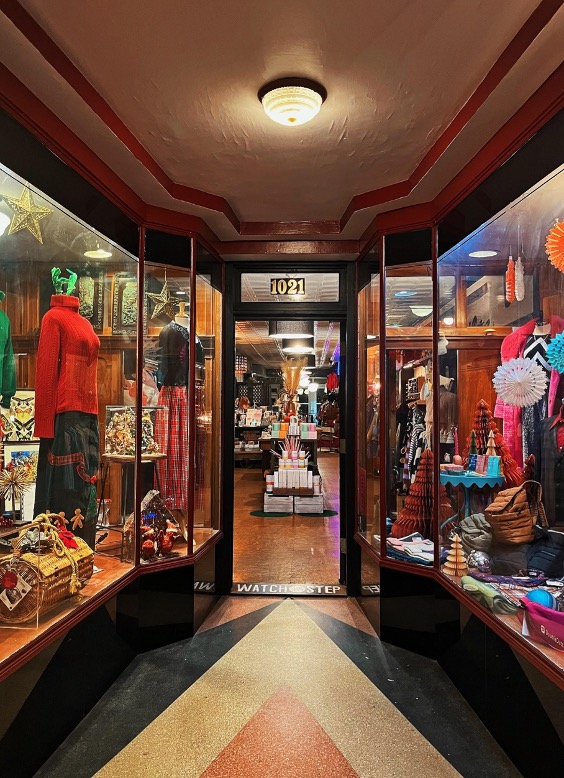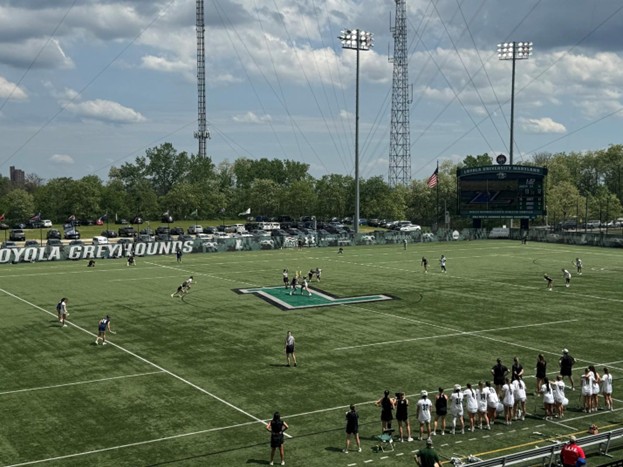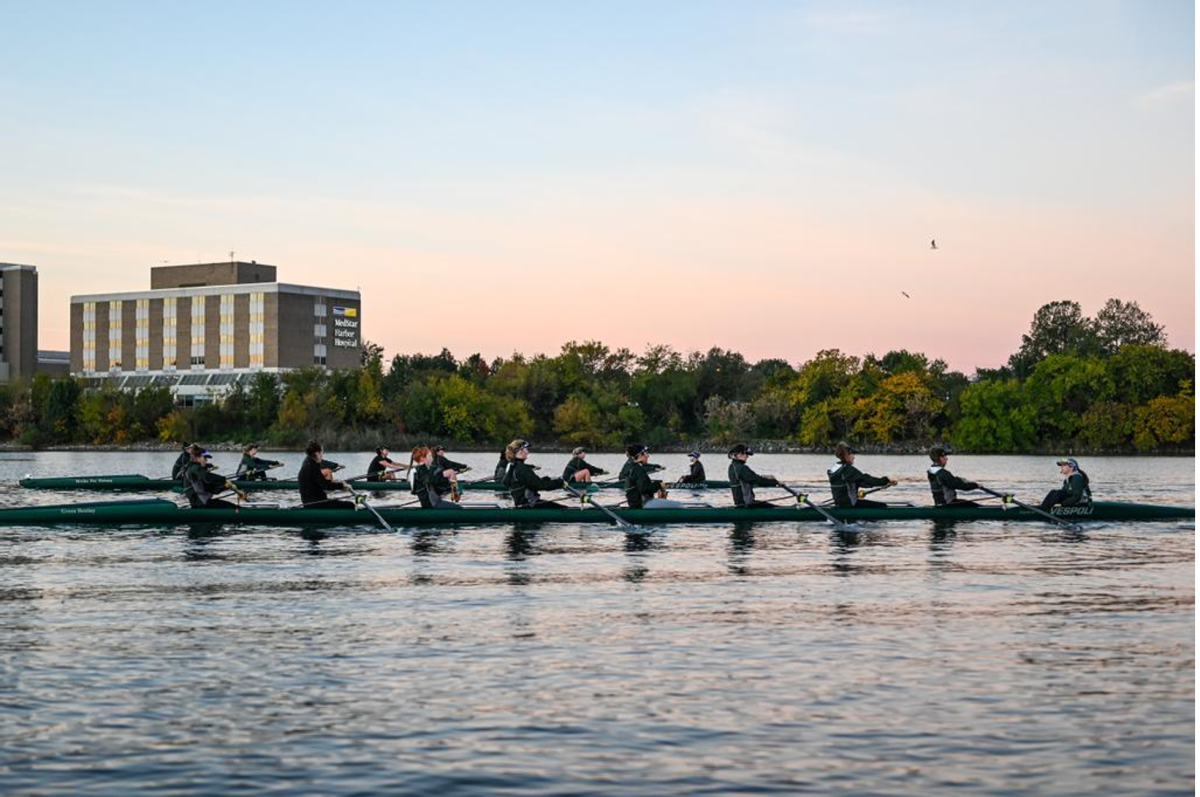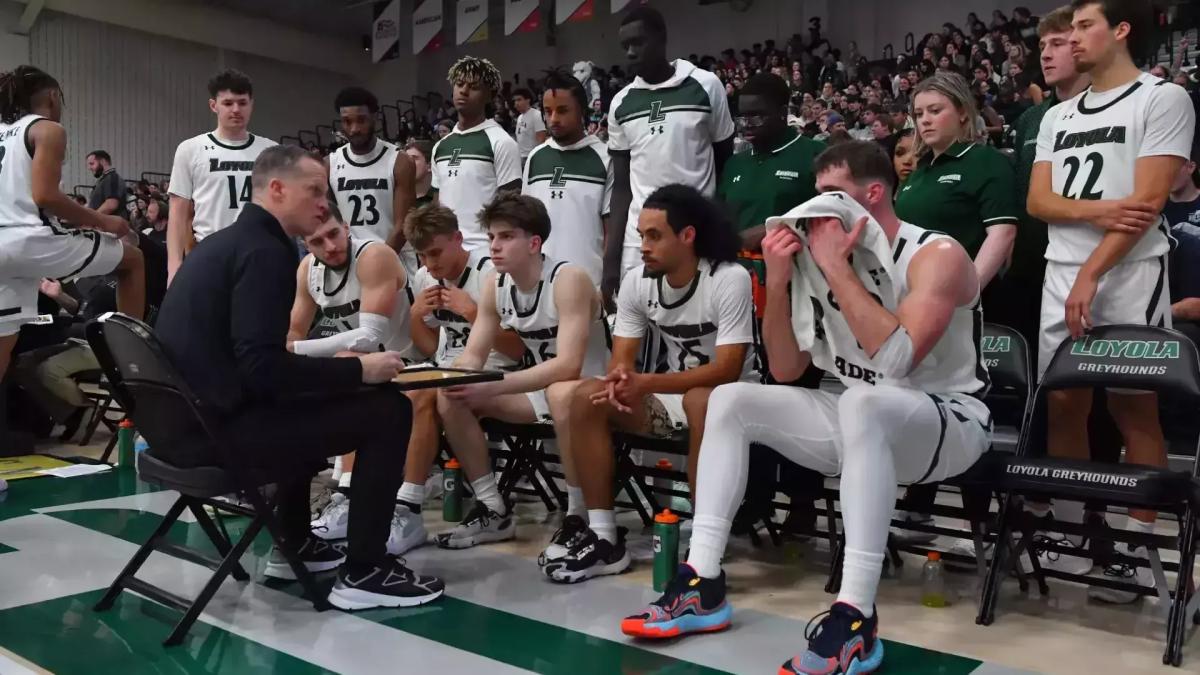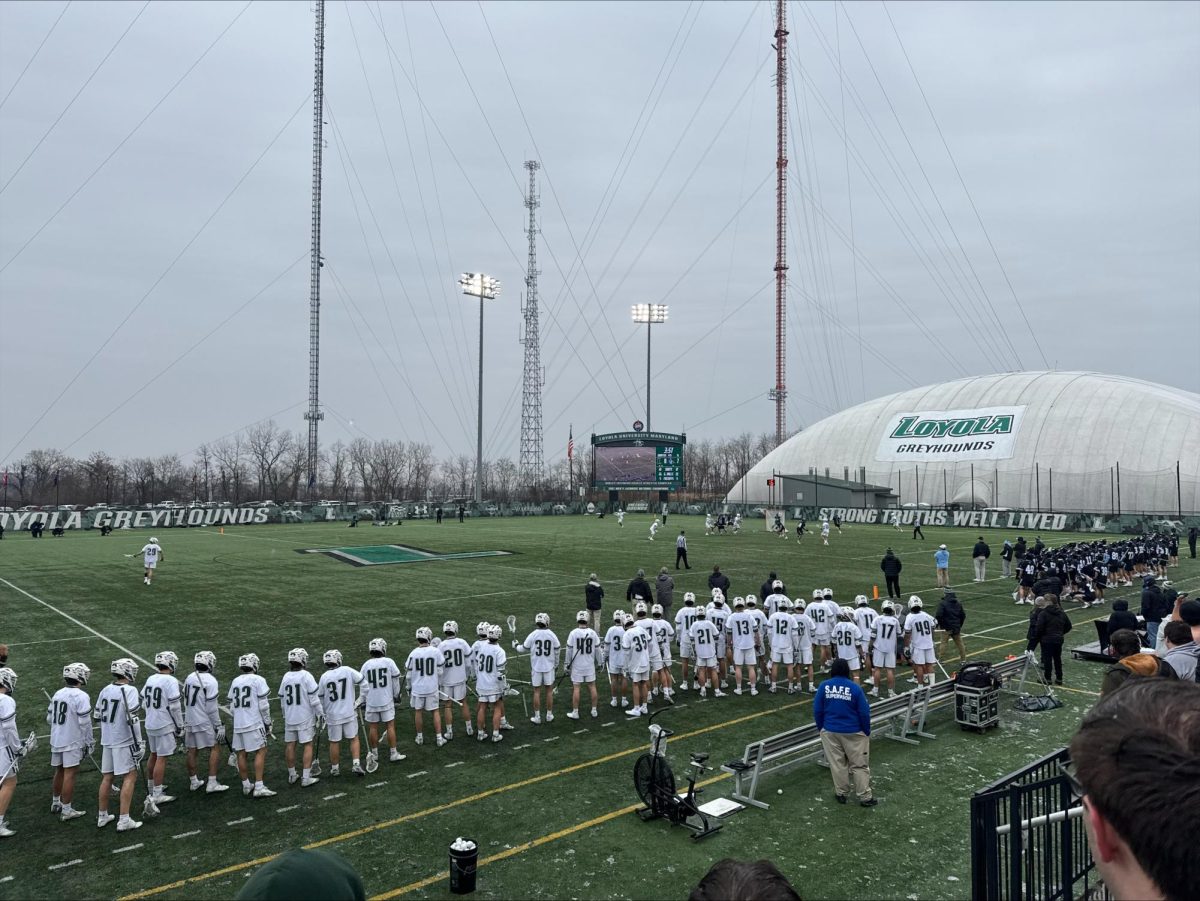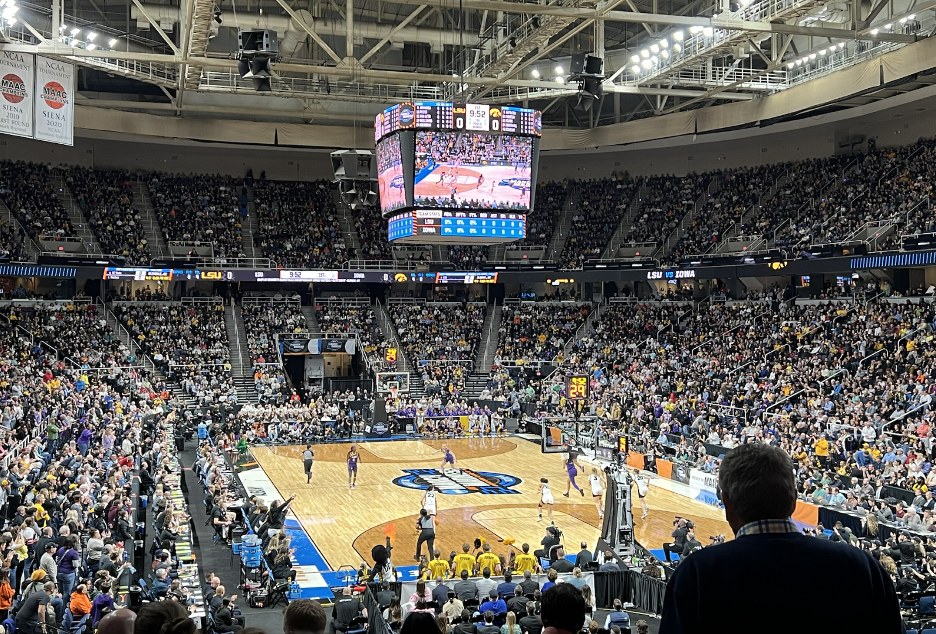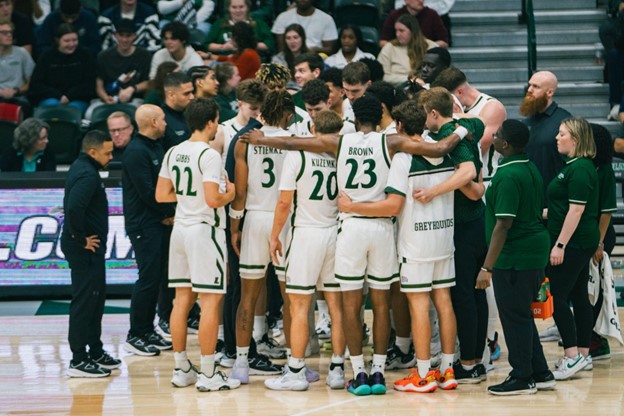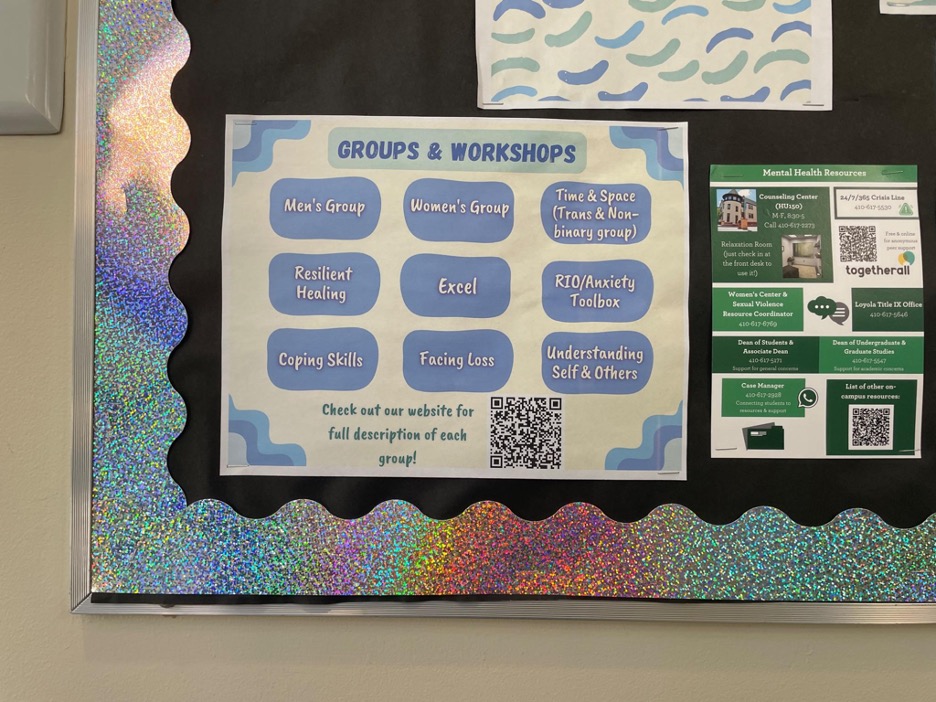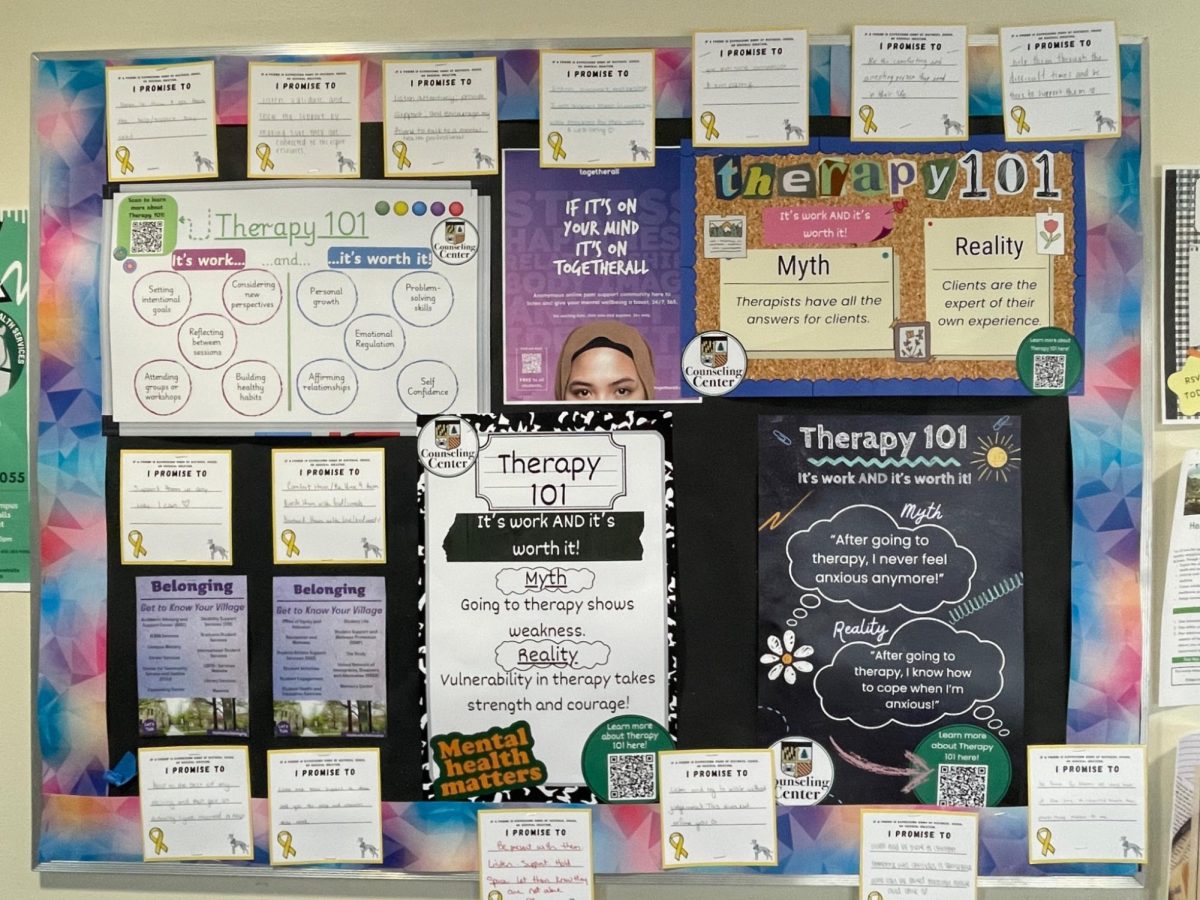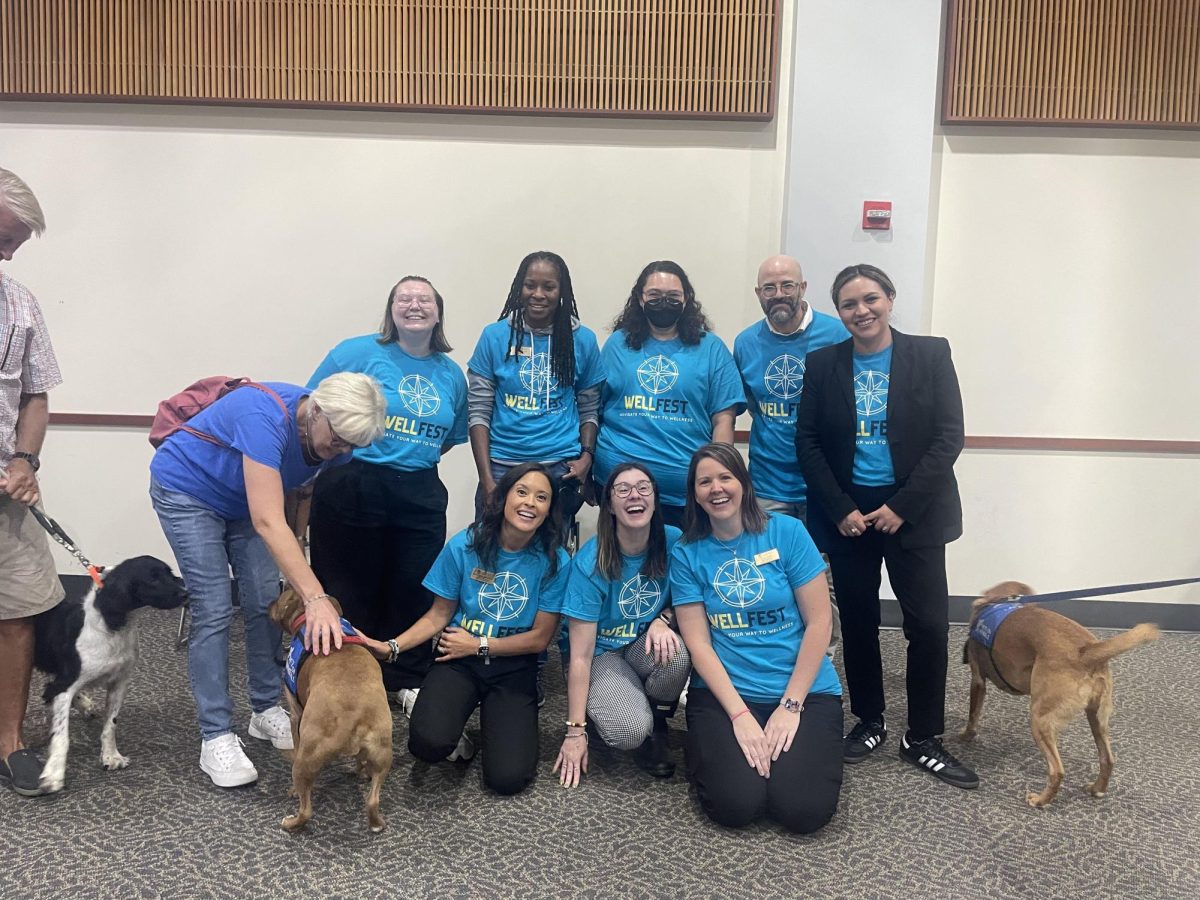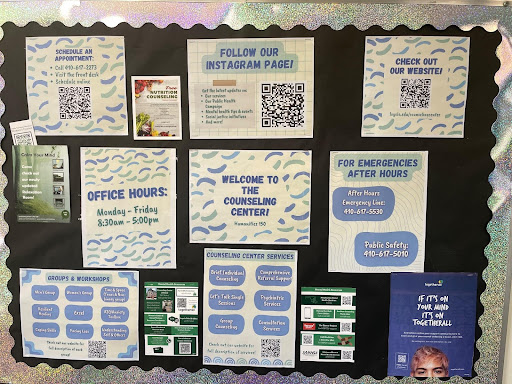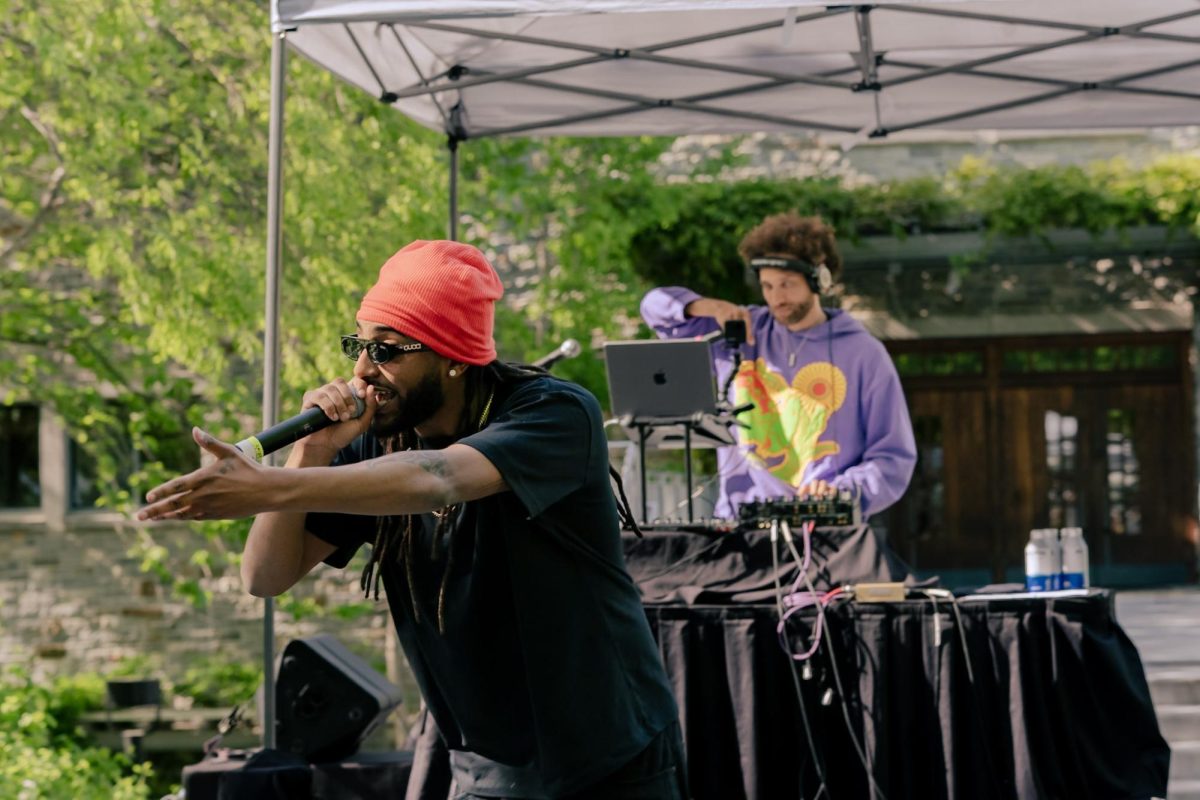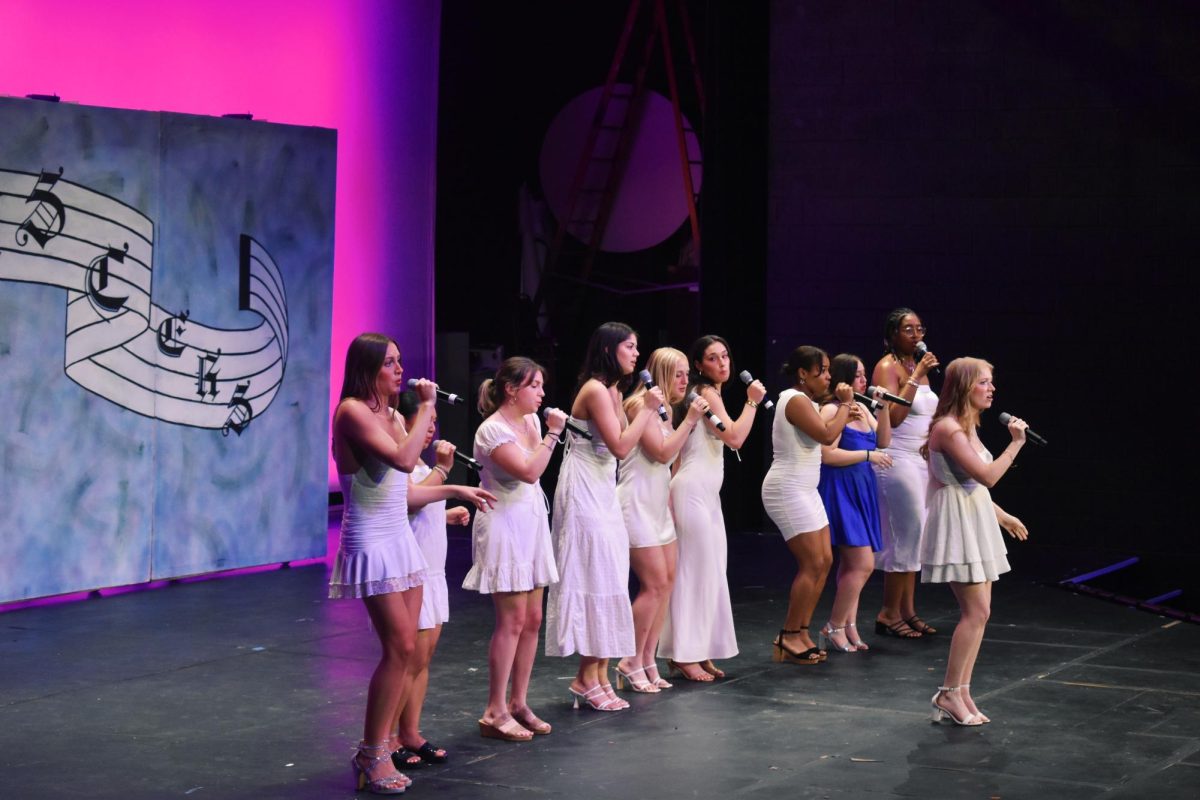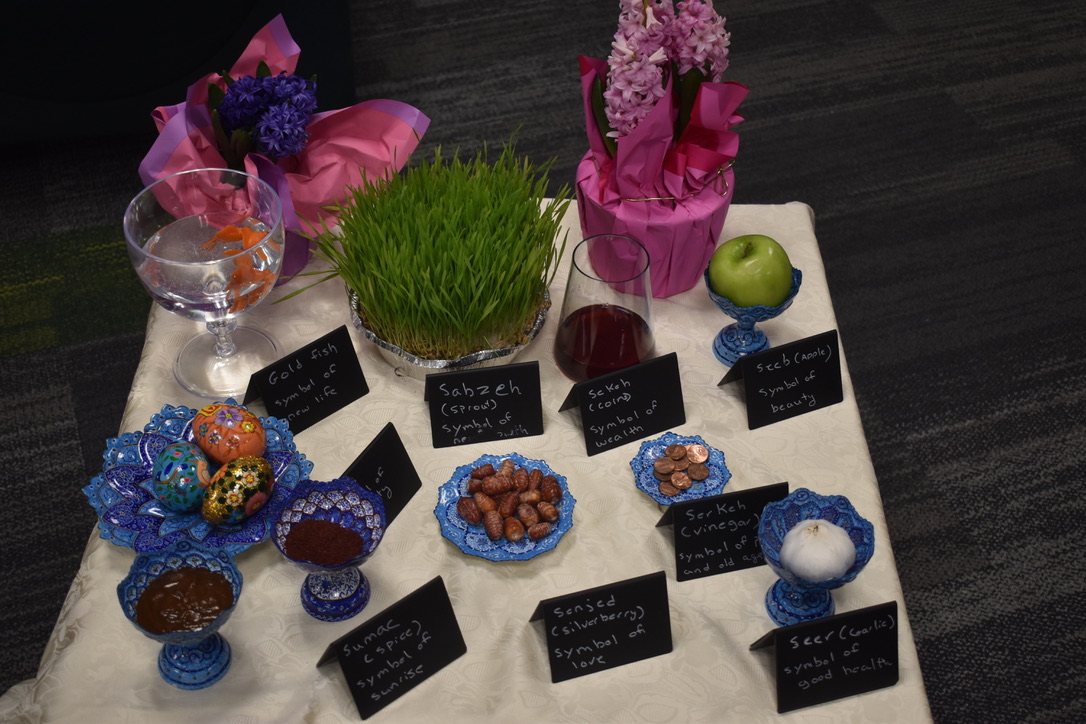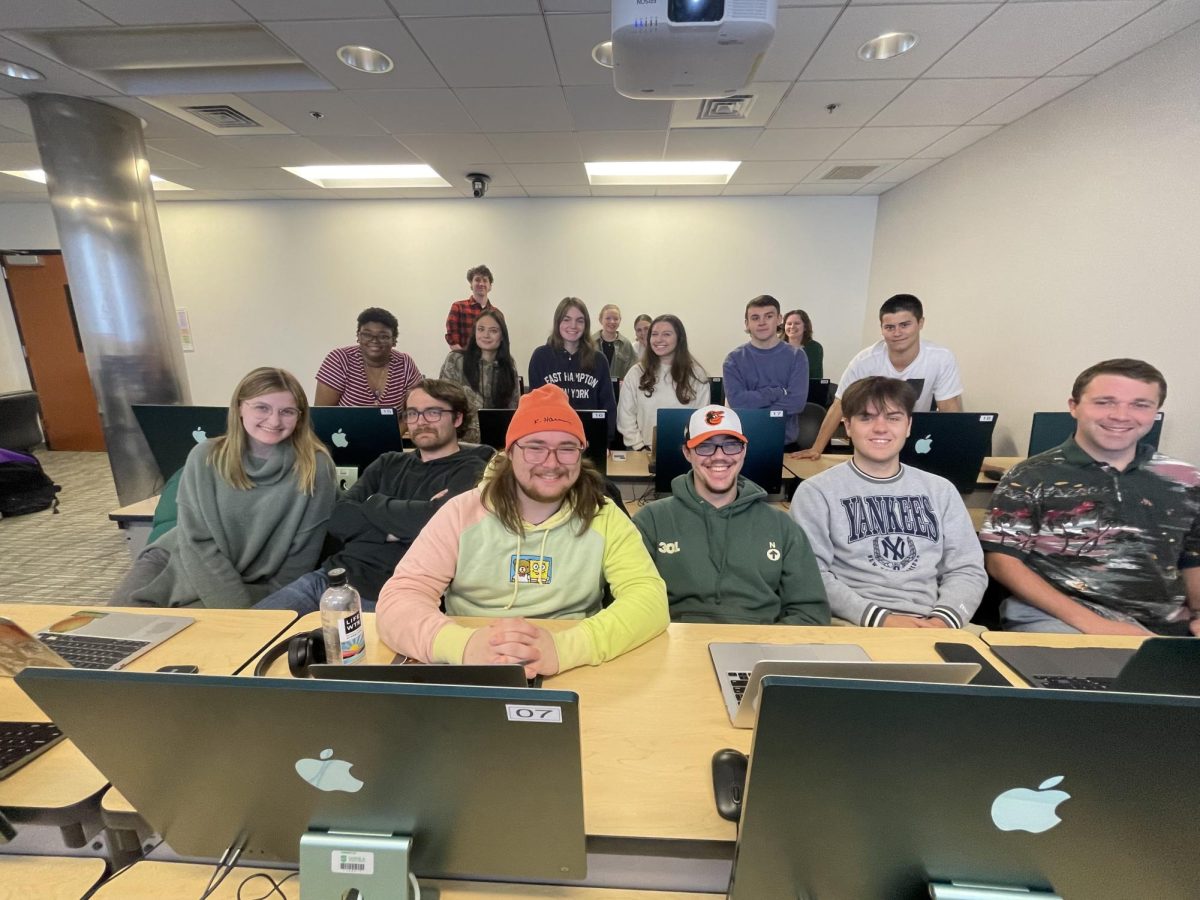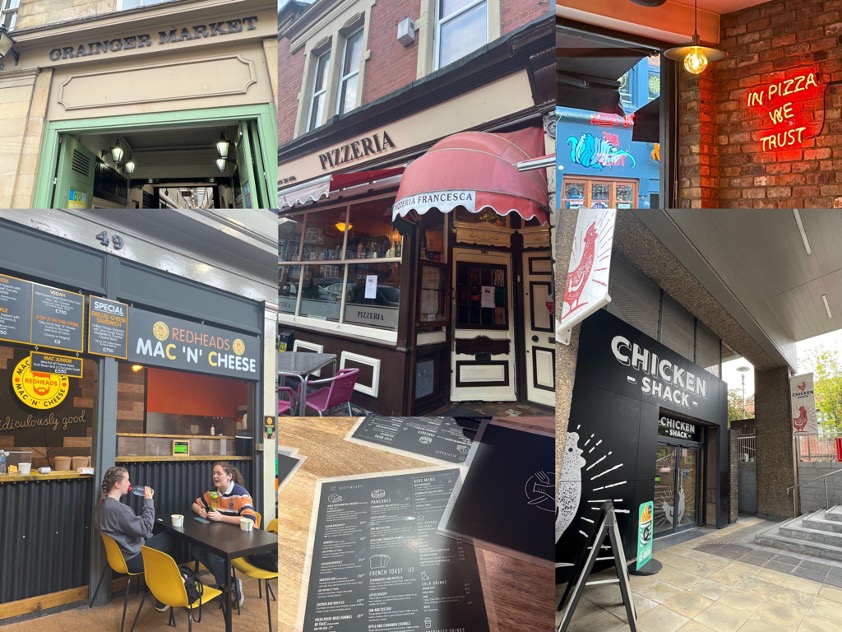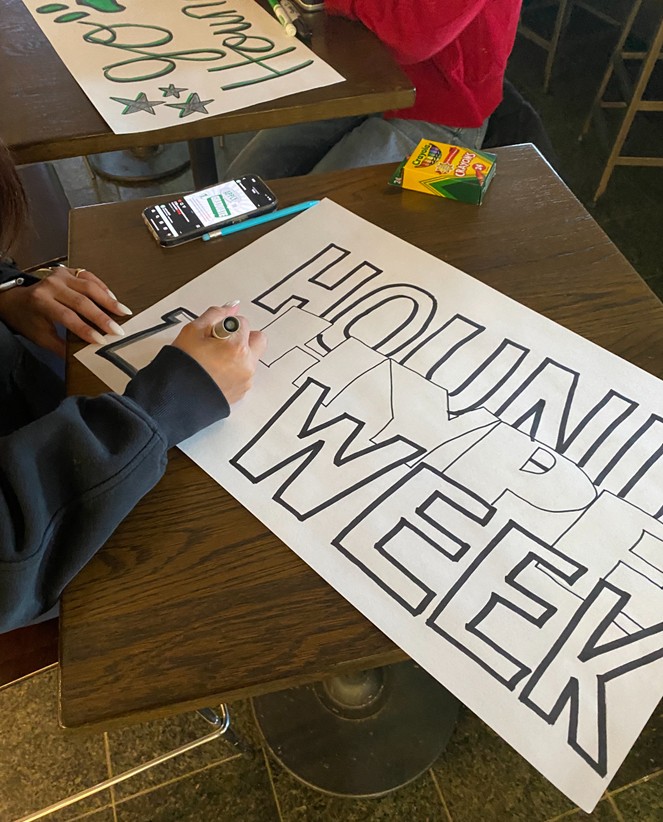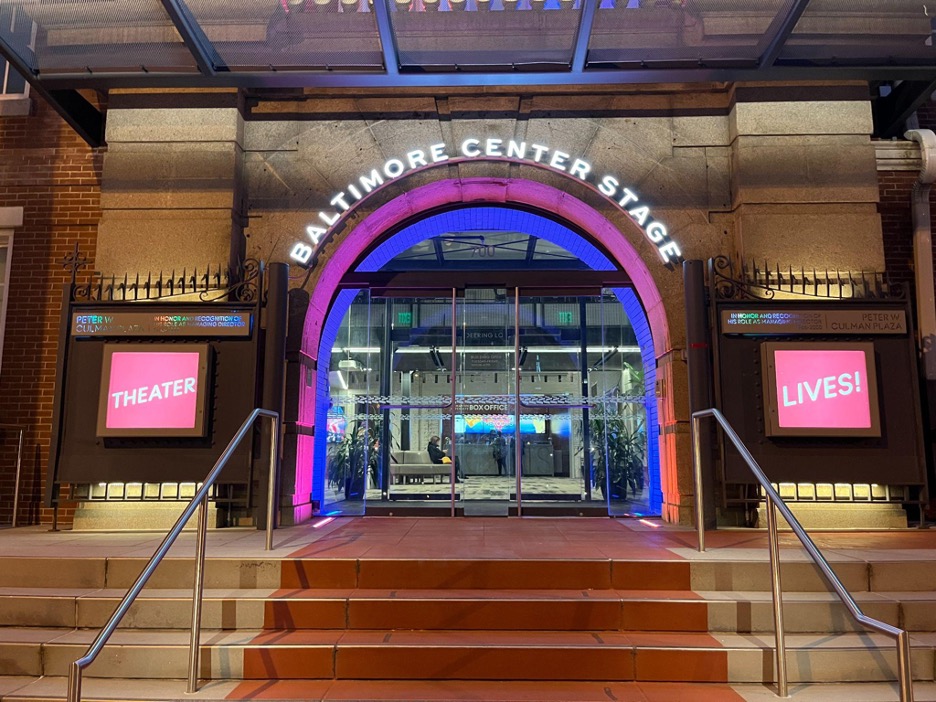It’s not hard to believe that something once considered trash can be turned into a valuable treasure. We see it all the time. Roughly 20 minutes goes into turning a plastic bag into plastic yarn or “plarn”.
After collecting plastic bags, cut continuous strands of yarn to tie them together. It takes about a bag full of bags to make a complete ball of plarn. Full mats are usually around six feet tall and take around 20 hours to complete. Loyola’s Crochet for a Cause meets for an hour once a week and after five months of meetings, students involved will have made a plarn bed mat. Whereas making hats and scarves usually takes under a month to complete.
Crochet for a Cause is a Registered Student Organization run by President Marin Koch ‘26. The club takes plastic bags and repurposes them into the plarn. They then crochet them into bed mats for those struggling with housing insecurity. Along with bed mats, the club makes hats, shawls, scarves, and other clothing out of yarn. The club’s overall goal is to create a more sustainable Baltimore through the art of crocheting.
Koch has been the president of Crochet for a Cause for a little over a year now. She believes the club’s efforts can be the difference that helps someone pick themselves back up.
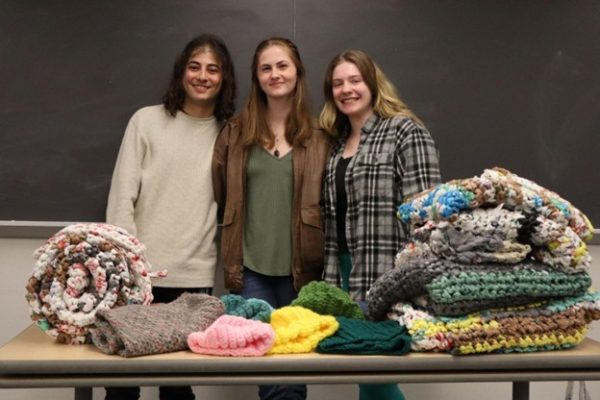
“The idea we have behind it is to take this material that everyone has, and everyone has an abundance of, that is collecting and is an active problem in waste and turn it into something useful using a skill and to do that in a group and build community through that common art form,” Koch said.
Under Koch’s leadership, the club was able to reorganize its inventory and restock its materials. As of right now, the club has eight bed mats, 11 hats, and a surplus amount of plarn. Due to the changes in officers and the club being fairly new, the club is currently working to get in contact with the Center for Community, Service, and Justice (CCSJ) to distribute its resources to homeless people residing in Baltimore in need.
“Loyola is in a neighborhood where it’s impossible to ignore. We are so close to York Road and every single Loyola student has seen it. I think as students and as people who have the ability to make a difference,” Koch said.
Housing insecurity is prevalent in the Baltimore community, and it’s hard to ignore. According to Research Assistant for The Karson Institute Jujuan Lawson, Baltimore is known for being a hostile environment with hostile architecture scattered throughout the city. These recent architectural developments are unwelcome and make it difficult for homeless people to sleep comfortably.
“The people who tend to be most in need of these things are people who are downtown either towards the city center or towards a worthy outskirts of the city,” Lawson said.
According to the Director of Karson Institute Diversity Equity and Inclusion Dr. Karsonya Whitehead, the long years of underdevelopment throughout Baltimore City have contributed to the lack of schools, community centers, and other amenities that make a community attractive.
“Dr. Lawrence Brown’s The Black Butterfly says we would need to invest about $41 million specifically into those communities to bring them up to par. Not to even make them higher than the existing most economically advantaged communities, but to bring them up to par with the most basic communities. We are not working to save this generation, we are very clear that if we’re going to save the community, we are talking about the generation after this one,” Whitehead said.
The club is relatively small with a decent number of regular attendees. The club prides itself on teaching crochet, making the club inclusive to beginners.
“Even if it were just one person, [they] have that small difference of sleeping on a mat instead of sleeping on the concrete,” Koch said.
Any clothing article is helpful, especially in the winter when it gets colder. Being able to sleep on something that isn’t concrete can change someone’s day and possibly the trajectory of their life.



